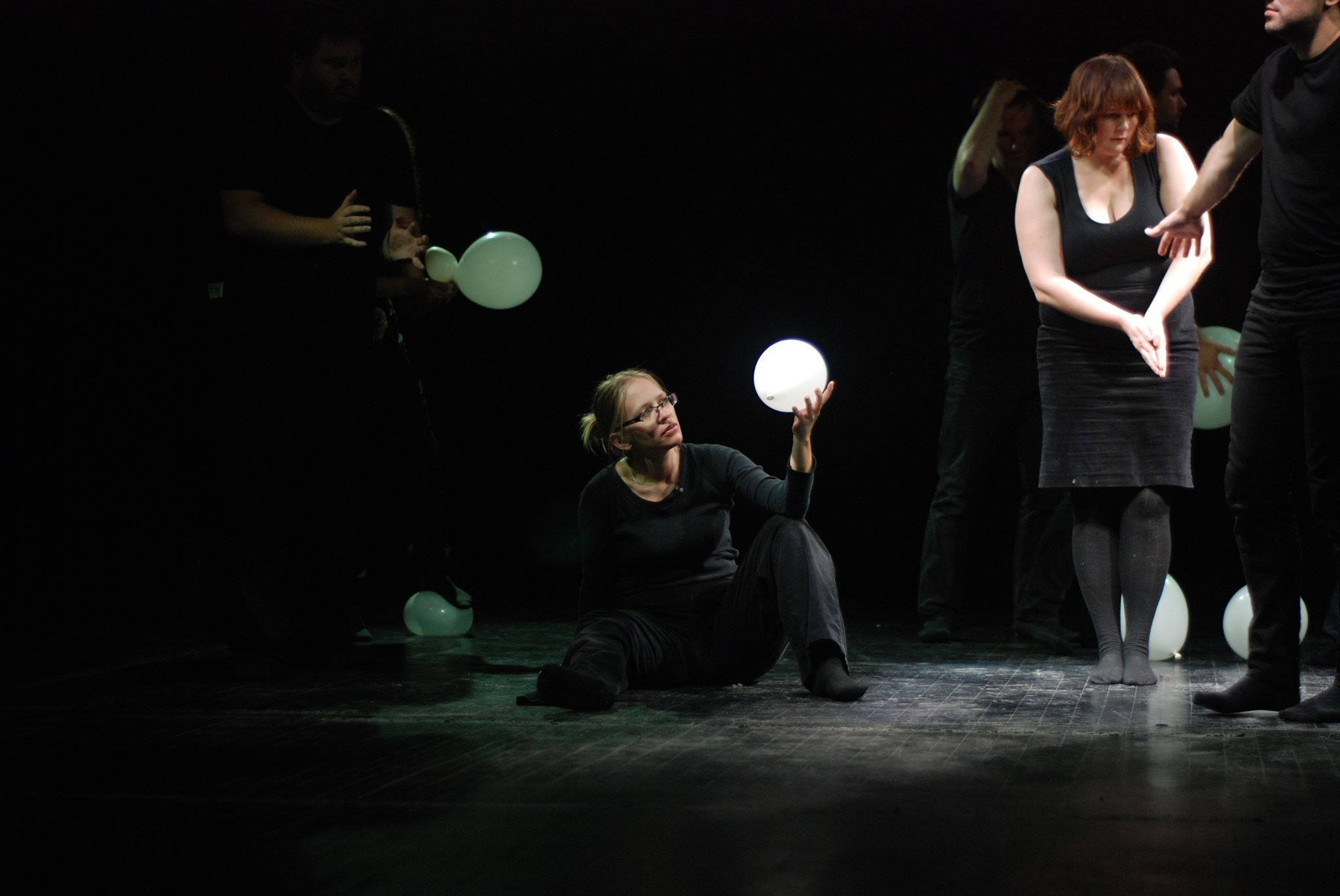Tag: Character
-

Larp as a Player, Larp as a Character
in
Theorizing engaging with the larp as both a character and as a player.
-

Finding the Magic in the Mundane
in
Often it isn’t necessarily the big scenes that we carry closest to our hearts after having played a larp, it’s rather the unexpected small moments, the unplanned occurrences, the intimacy. It’s in these mundane moments that the magic happens in a larp.
-

Characterization in a Hurry: From Laban to Larp
in
The Laban efforts are a method of describing movement used by dancers and actors. They can also be used in larping to create a distinct character quickly.
-

Investigating Types of Bleed in Larp: Emotional, Procedural, and Memetic
in
Based on personal accounts, this article describes three categories of bleed states as experienced by larpers: emotional, procedural, and memetic.
-

Literary and Performative Imaginaries – Where Characters Come From
in
Character sheets are an important part of a roleplaying game’s “text”, but how are they constructed, and how do they operate? Evan Torner investigates.

